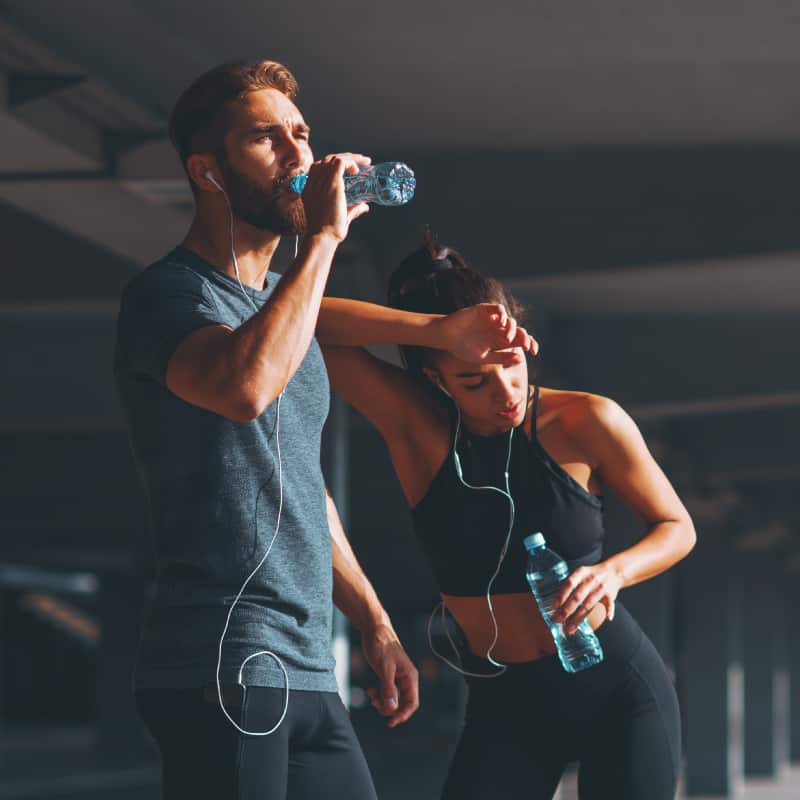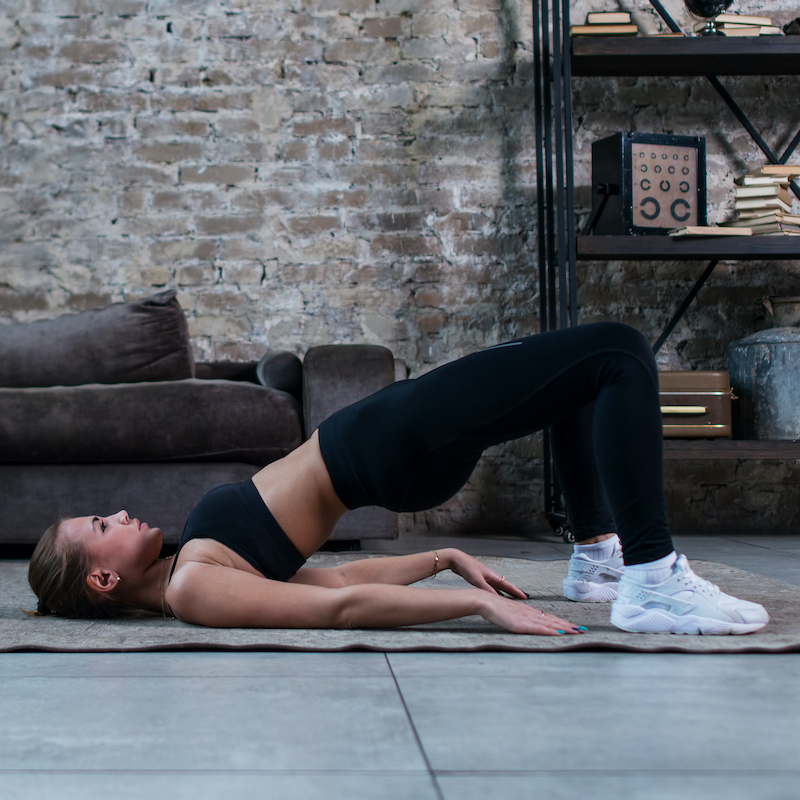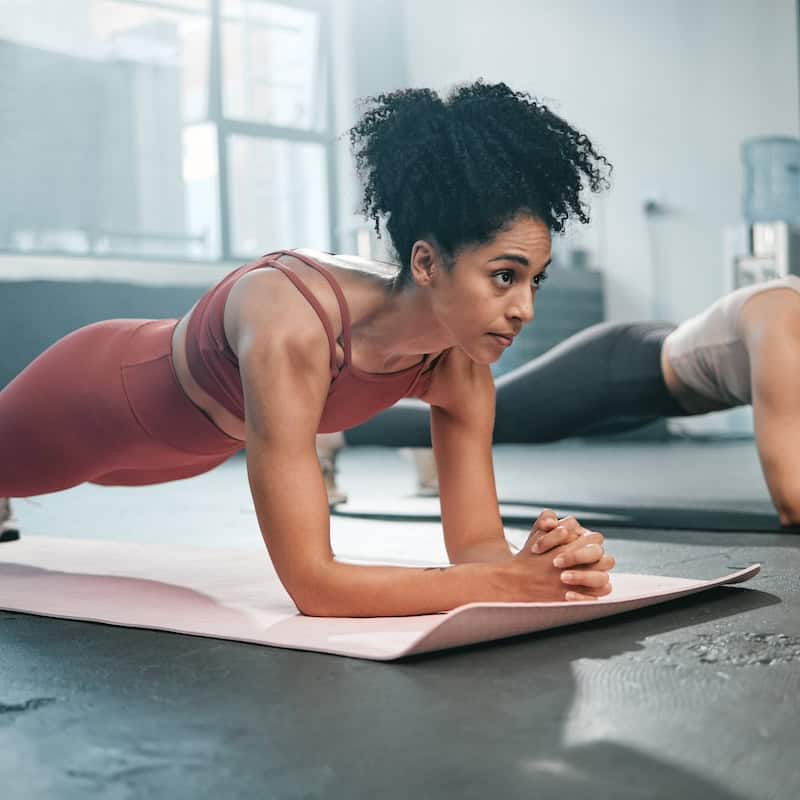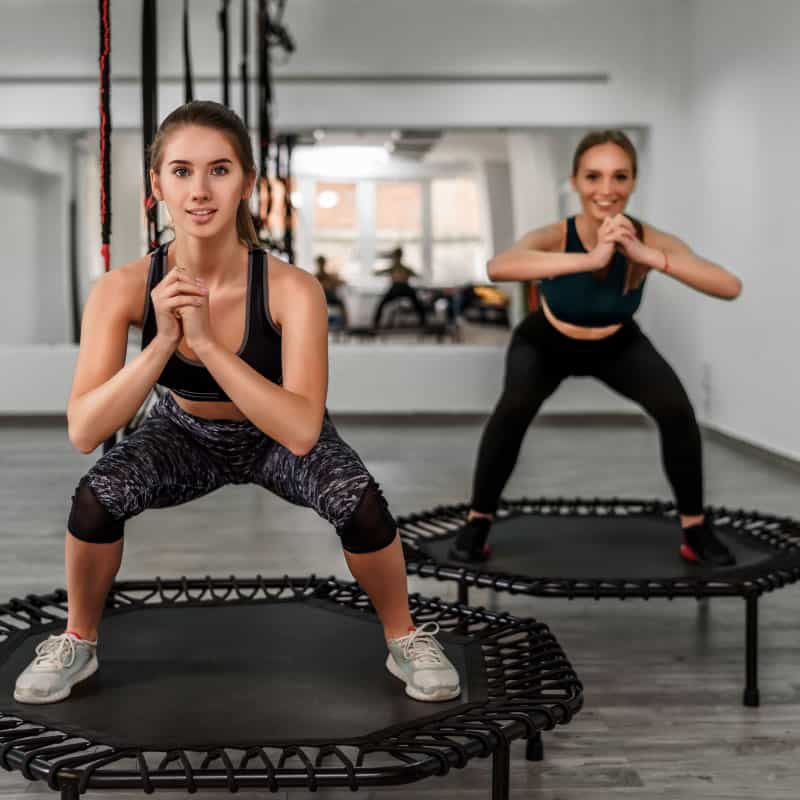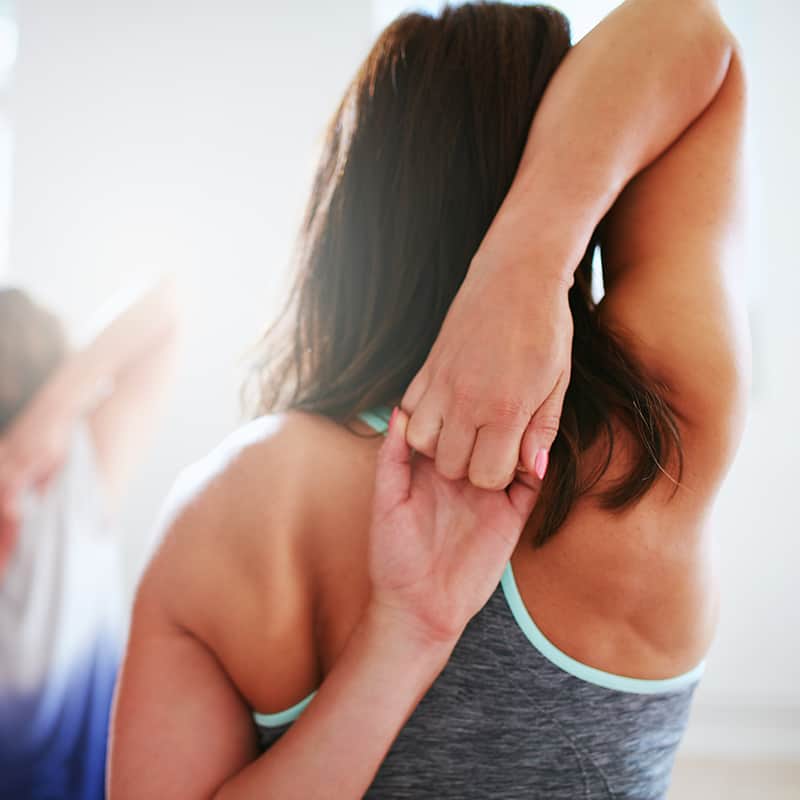This Dr. Axe content is medically reviewed or fact checked to ensure factually accurate information.
With strict editorial sourcing guidelines, we only link to academic research institutions, reputable media sites and, when research is available, medically peer-reviewed studies. Note that the numbers in parentheses (1, 2, etc.) are clickable links to these studies.
The information in our articles is NOT intended to replace a one-on-one relationship with a qualified health care professional and is not intended as medical advice.
This article is based on scientific evidence, written by experts and fact checked by our trained editorial staff. Note that the numbers in parentheses (1, 2, etc.) are clickable links to medically peer-reviewed studies.
Our team includes licensed nutritionists and dietitians, certified health education specialists, as well as certified strength and conditioning specialists, personal trainers and corrective exercise specialists. Our team aims to be not only thorough with its research, but also objective and unbiased.
The information in our articles is NOT intended to replace a one-on-one relationship with a qualified health care professional and is not intended as medical advice.
Plyometric Exercises for Better Fitness & Agility
May 18, 2023

Let’s take a moment to reminisce. Think back to the time when you were eight years old and playing outside with your friends. Maybe you’re thinking of the time you and your friends spent hours jumping rope or playing leap frog. Maybe you’re recalling the time when you spent a whole day at the pool performing a perfect 10 dive into the community pool.
As kids, no one needed to tell us that jumping was a part of play, or that it was chockfull of exercise benefits. We did it because it was natural. And this natural ability of our bodies to jump, something that we learned as early as age 2, a very important training tool for increasing explosiveness, power, agility and speed during athletic performance.
In the 1980s, when the term plyometrics was brought the to the U.S., we saw the emergence of the act of jumping as a training tool to improve athletic performance in a variety of ways. Plyometric exercises and their application became more mainstream and expanded beyond specialized sports like long-distance running and long jump and into popular group fitness classes like bootcamps and CrossFit™.
What Are Plyometrics?
Plyometrics is a term coined by former U.S. Olympic long-distance runner, Fred Wilt and Michael Yessis, a biochemist, sports trainer and academic in 1975. While Wilt was warming up, he noticed that the Russians included different jumps into their warm-ups prior to competing. This was in stark contrast to the Americans, who warmed up with static stretching. Wilt theorized that one of the reasons the Soviets were so competitive was because of the plyometric exercises they had practiced and perfected.
Over the next few years, Wilt and Yessis would continue their work in the sport of track and field and more specifically, running. And with the help of Yuri Verkhoshansky, a fellow biochemist and sports trainer out of the Soviet Union, the pair eventually brought this information to the masses in 1984 with their first book, “Soviet Theory, Technique and Training for Running and Hurdling.” But why did Wilt and Yessis seek out Verkhoshanksy? Because of his work with the depth jump, also know as the shock method.
The depth jump is a tested plyometric exercise, which starts an athlete on a box of a chosen height. They jump off the box, quickly rebound and jump as high as possible. In Verkhoshanksy’s 1968 work in which he describes the shock method, he concluded that, “the height of the vertical jump was highest when the athlete performed it immediately after landing from a drop height of 50 cm (20 inches).” It would take 16 years before Verkhoshanksy’s connected the dots between the depth jump and athletic performance.
In 1986, he conducted a 12-week study in which he tested whether the shock method would increase explosive strength in volleyball players. He concluded that not only was explosive strength significantly improved over the course of the study but that maximal strength in isometric movements was improved as well. And so began the use of plyometrics in athletic training.
Why Are Plyometric Exercises So Important?
Why should we care about creating plyometrics workouts? It lies in the mechanics of the vertical jump.
The mechanics of the vertical jump, as stated by a 1998 study lead by Brian R. Umberger of the Department of Orthopedics at the University of Rochester Medical Center, lies in the structure of the two joint muscle. The idea is that muscles that span two joints — i.e. the quads, hamstrings and calves — transfer their energy during a vertical jump to create a highly coordinated sequence of muscle actions to produce this specific movement.
Because of this, the vertical jump can be a useful indicator of lower limb power, muscle recruitment and coordination for many athletes. Not only is it a great test for athletes, but it is also a great training tool to develop that explosive power and athletic coordination. And it’s for these reasons that plyometric training is so important not only for elite-level athletes but for the general population as well.
Who Should Do Plyos?
Because plyometric training requires a tremendous amount of muscle coordination, balance and stability, plyometric workouts should be geared towards those individuals with a solid fitness base or seasoned athletes looking build more explosiveness and power.
What if you don’t fall into either of those categories? Then, start by building your overall posture, lower body stability and balance through methods like yoga or barre.
Barre Method was developed by a German dancer while rehabbing a back injury. This method focuses on increasing muscle activation and awareness during smaller isolated movements. Barre Method or similar modalities like yoga or Pilates, combined with plyometric exercises for beginners is a great place to start building confidence and familiarity of plyometric exercises.
As you progress, you can begin to incorporate more plyometric training into your weekly fitness routine.
Benefits
We know that football players, Olympic Track and Field athletes and baseball players use this type of training regularly to improve their athletic performance. But what are plyometric exercises good for? Learn how they can help the everyday athlete improve their overall health and well-being.
1. Increased Agility
Plyometric training recruits the major muscles of the legs in a specific sequence. This sequence generates explosiveness, lower limb power and increases overall agility.
This is important because agility is functional. Have you ever tripped on a curb or on your shoelace? Agility is the difference between just tripping and falling on your face. The Merriam-Webster dictionary defines agility as “a state of being agile; marked by ready ability to move with quick easy grace.” And one of the best ways to improve your dexterity is through plyometrics.
2. It’s a Great Way to Mix Up Your Training
Do you ever feel like you’re in a training rut? Do you feel like you’ve plateaued and aren’t seeing the same improvements in your strength and stamina as when you started?
The body will adapt to the stress and stimulus you introduce to it. This principle is called the Specific Adaptation to Imposed Demands or SAID. If you don’t continue to challenge your body in new ways, your performance will become static and unchanging. Introducing new movements and greater challenges keeps your mind engaged and your body agile.
3. Improves Your Cardiovascular Fitness
Yes, plyometric training is considered a cardio workout, plus it’s a great way to improve your cardiovascular fitness because of the recruitment of the major muscle groups during each exercise. This along with varying the intensity and speed of each movement elicits the same response as running or rowing in increasing your heart rate.
4. Increased Proprioception
Proprioception is a fancy word for your mind understanding where your body is in space in relation to other objects. The mind senses the world around us and tells the body how to respond in an efficient and effective manner. This connection, just like anything else, can be strengthen and trained.
By including plyometrics into your training routine, you teach yourself how to move more efficiently through space by increasing your reaction time, smoothing out your footwork and developing a greater awareness of yourself in space.
Best Plyometric Exercises
This list of plyometric exercises only includes some of the most common exercises you’ll see in general fitness programs or classes. Many can also can be considered quad exercises. The overall list is long and all exercises include some form of dynamic movement or jump training.
Whether you are looking for specific plyometric exercises for runners or beginners or new movements to include in your weekly training routine, these 10 plyo exercises are simple, require little equipment and are scalable to any population. Try adding one of these exercises to your next workout and feel the difference!
- Box jumps
- Box squat to box jump
- Squat jumps
- Toe taps
- Jumping push-ups
- Lateral jumps
- Jumping lunges
- Jumping jacks
- Burpees
- Plank jumping jacks
Plyometric Workout
Plyometric exercises can be incorporated into your workouts in a multitude of ways. You can add a single movements as a superset by alternating between a weighted movement like a front squat or weighted lunge and a box jump. Or you can create longer plyometric circuits with 3–5 movements that creates one long workout.
What is a plyometric circuit? This type of workout takes multiple exercises and creates a series of movements to be completed one after the other. Time domains, rep schemes and movements can vary depending on your goals and current fitness level. But the great thing about circuit training is that it allow you to mix up your training, rest between movements and work your entire body or just a group of muscles so you never hit that dreaded plateau.
Want to give it a try? This circuit is short and sweet and can be done for a single round or for multiple rounds depending on your fitness level and time restrictions. Before you start, make sure you warm-up properly before diving into this plyometric focused workout.
1-3 rounds of:
- 1-minute plank jumping jacks
- 20 seconds rest
- 1-minute push-ups
- 20 seconds rest
- 1-minute squats
- 20 seconds rest
- 1-minute jumping squats
- 20 seconds rest
- 1-minute burpees
- 20 seconds rest
- 1-minute box jumps
Precautions
As with any fitness regime or modality, there are some precautions we want to acknowledge before diving into plyometric training.
1. Focus on precision and technique
Jump training should be graceful, smooth and light on your feet. Focus on landing onto the box or floor during any jumping movement lightly and with precision. Because of the dynamic nature of this movement, learning to land comfortably on your feet in the same position you started will help you prevent injuries and help you capture the benefits of this movement.
So what is a good landing position? You should land with your feet hips distance apart. Your knees should be bent to allow your shoulders to stack vertically over the center of your feet.
2. Warm-up thoroughly before training begins
Before performing your workout, it is a critical that your muscles, heart and mind are ready to move. Start by moving your whole body either by running, rowing or walking up stairs for up to five minutes. Then, move to dynamic stretches to increase your range of motion and then to muscle activation to make sure your muscles are firing correctly. Warm-ups are a great way to increase your performance and help prevent injuries for all plyometric exercises.
3. Don’t forget to rest!
When you first start to use plyometric boxes or add plyometric exercises to your routine, it’s critical that you not only rest between exercises to allow your body to adapt and prevent over use injuries but that you also take days off from this type of training. In as little as 2 training sessions a week, an athlete can improve their agility and athletic performance.
Final Thoughts
Plyometric training is an incredible way to improve athletic performance and fitness through increased power, agility and speed. This type of training can be a great addition to any fitness program with the proper dose and a focus on form and technique.





